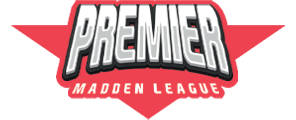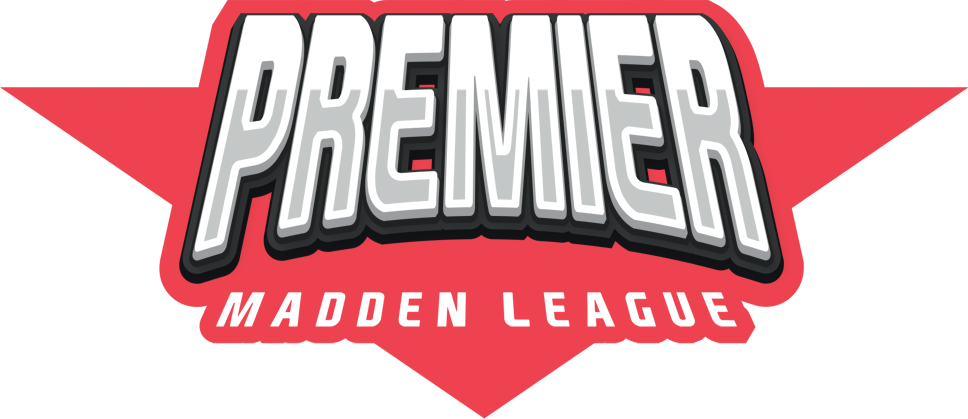There’s a saying we’ve all heard before: “Practice makes perfect.” It sounds good, looks great on a motivational poster, but if we’re being honest, it’s not entirely true. The real truth? Perfect practice makes perfect. And if you’ve ever tried to get in shape or grind your way up the Madden ranks, you know exactly what that means.
Playing Madden and working out share a lot more in common than people realize. Both require time, repetition, and discipline. However, just because you’re putting in hours doesn’t mean you’re getting better. You can hit the gym six days a week, lift heavy weights, and still look the same six months later. Why? Because if your form is off, you’re not targeting the right muscles, and if you’re not fueling your body properly, your hard work doesn’t pay off. The same logic applies to Madden. You can play game after game, log hundreds of hours, and still wonder why you’re not improving. It’s not about how much you practice; it’s about how well you practice.
In fitness, form is everything. If your form is sloppy, you’re building bad habits, wasting energy, and sometimes even hurting yourself. Madden is no different. If you’re calling the same plays without understanding why they work, or more importantly, why they don’t, you’re reinforcing bad habits that will eventually show up when it matters most. You can’t just spam inside zone and expect to evolve. You need to study your film, understand leverage, identify coverages, and refine your reads. You have to train your mind the same way you train your muscles: through focused, intentional reps.
When someone’s serious about getting lean, they know it’s not just about lifting. It’s about the full system. You have to eat right, hydrate, rest, and recover. You need balance. Madden requires the same kind of holistic approach. Playing games is the lifting, but watching your film is your nutrition. Reading patch notes is your hydration. Building a playbook that fits your personnel is your meal prep. It all adds up to whether you’re fueling your team the right way or feeding them junk.
Too often, players mistake quantity for quality. They think more games automatically mean more improvement. But grinding games without correction is like eating junk food after a workout, and you’re undoing your own progress. To get better, you need feedback loops. You need to reflect after each game. Ask yourself: why did that play fail? Did I make the right read? Did I understand the look the defense gave me? That’s how you refine your craft. It’s not about stacking games; it’s about stacking growth.
Another parallel between working out and Madden is the importance of programming your routine. In fitness, people often follow a structured plan: leg day, push day, pull day, and so on. The plan ensures you’re targeting different areas and progressing in a balanced way. In Madden, your routine might be different types of games: league matchups, lab sessions, user scrimmages, and film study. You can’t just lift one muscle group every day and expect to grow evenly, and you can’t just run your favorite play over and over and expect to be unpredictable. Variety builds strength. Discipline builds mastery.
Fueling also goes beyond food, as it’s about mindset. The way you think determines how far you go. Some people hit a plateau in their fitness journey and give up because they don’t see instant results. Others adjust, learn, and keep pushing. Madden is the same way. You might hit a stretch where every read feels wrong, every opponent seems better, and your confidence dips. But that’s when growth happens, when you stop chasing perfection and start chasing improvement. You’re building mental endurance, not just skill.
And just like in the gym, recovery matters too. Taking a break doesn’t mean you’re losing progress. It means you’re giving yourself time to absorb what you’ve learned. Sometimes stepping away from the sticks for a day can reset your focus, just like a rest day resets your muscles. Burnout kills growth in Madden and in fitness.
Now let’s talk about the fuel for your team. When someone wants to get in peak shape, they plan their meals to match their goals: protein for growth, carbs for energy, fats for stability. In Madden, the equivalent is developing your players with intention. Training the right players with the right focus points, and building your roster to fit your offensive and defensive style. If you run a power-heavy scheme, investing in agile linemen doesn’t make sense. If you run a pass-first system, maybe that star running back isn’t as valuable as a top-tier slot receiver. You have to feed your team what it needs to thrive, not just what looks good on paper.
Building a team in Madden is like building your body. You start with a foundation, develop core strengths, and gradually refine the details. You can’t max out every attribute overnight. It takes consistent, smart work. It takes knowing when to push and when to adapt. And most of all, it takes patience.
In both the gym and Madden, progress isn’t linear. There will be days you feel stuck, games you lose badly, weights you can’t lift, and moments you question if you’re improving at all. But if you stay consistent, analyze your form, and feed yourself or your team the right way, you’ll see results. It’s a grind, but a purposeful one.
So next time you hop on Madden, think like an athlete in training. Focus on your form. Study your film. Fuel your system. Don’t just play to play, but play to grow. The goal isn’t to be perfect overnight. It’s to practice perfectly over time until what once felt like work becomes instinct.
And just like in the gym, once you start seeing results, the grind becomes the reward.
What do you think though? Does this comparison between the gym and Madden resonate with you? Let’s hear your thoughts.
– DK



